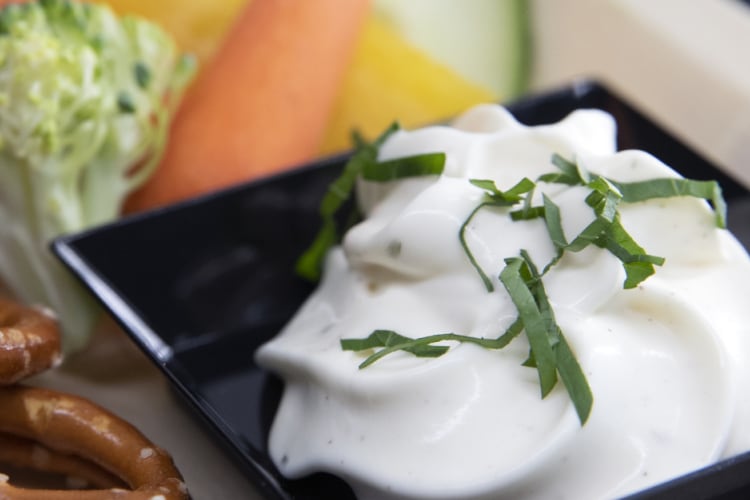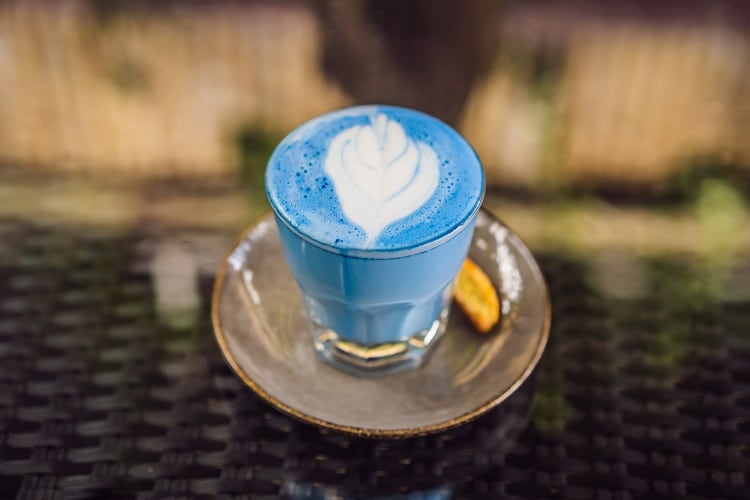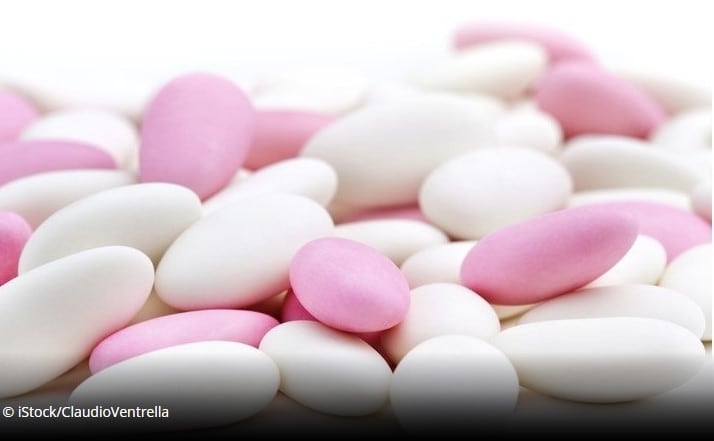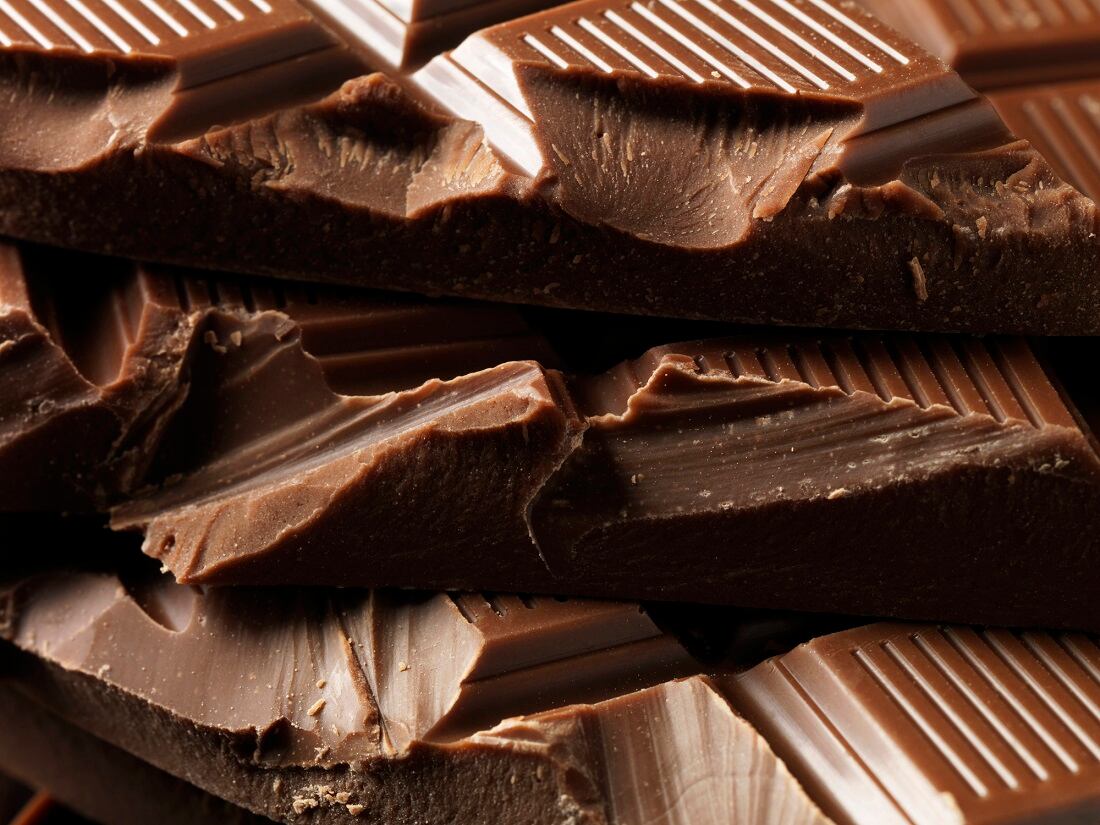ADM is launching PearlEdge, a new colouring line derived from natural sources such as corn starch that delivers whites that are bright, stable and consistent.
The plant-based white colourant is designed to address the ‘toughest formulation challenges’ and perform ‘where other plant-based white colourants fall short’, according to the ingredient supplier.
ADM revealed ‘robust quality control’ is key to producing a precise white shade without the need for modification. ADM claims to have achieved this through its integrated supply chain, managing each step of the sourcing process.
“With our vertically integrated supply chain, we’re able to control the quality of the raw materials of the PearlEdge line from seed to fork, eliminating the need for our colour scientists to further modify the sources used for our bright white shades,” Hélène Moeller, Vice President of Global Product Marketing at ADM, told FoodNavigator.
PearlEdge also leverages ‘innovative and patent-pending technology’ and ‘extensive formulation expertise’, ADM added.
“We’re particularly excited about the possibilities with our PearlEdge Silk and Satin patent-pending technology,” said Moeller. “With superior stability and performance as well as a white colour of similar intensity as [titanium dioxide] TiO2, PearlEdge Silk and Satin are game-changers for smooth white appearances in applications like panned confections and compressed tablets.”
Demand for bright whites and the EU titanium dioxide ban
PearlEdge meets an important need in the market. In Europe, common white colouring titanium dioxide (E171) is being phased out by EU regulators over concerns it could be linked to cancer risk. This has spurred a wave of reformulation in the region as food makers seek out alternatives to achieve bright whites in their end applications.
But the E171 backlash was not the only rationale prompting ADM to develop a new whitening alternative. According to Moeller, there has been a market need for a plant-based white colouring solution for some time.
“While the introduction of our PearlEdge line of proprietary white colour solutions comes at an ideal time with the approaching EU ban of titanium dioxide, we saw the need for plant-based white colourants that tick the boxes on brilliance, stability and uniformity much earlier,” she told this publication.
“Achieving a uniform, bright white can be challenging, and many current alternatives to TiO2, such as modified starch, calcium carbonate and calcium phosphate, can present a broad-spectrum of formulation drawbacks and don’t always meet consumers’ clean-label expectations. Modified starch has poor solubility in cold water and high viscosity when gelatinized, requiring chemical modification to overcome these complications. Additionally, formulators using calcium phosphate and calcium carbonate may need to incorporate them at high usage rates to achieve desired whitening, negatively affecting texture and impacting cost,” the ingredient expert elaborated.
Improved functionality for top textures
These attributes are likely to be particularly appealing to confectionery and chewing gum manufacturers whose products are ‘most associated’ with ‘brilliant white offerings’. These categories can also benefit from the improved texture that the PearlEdge line is able to deliver.
“Our PearlEdge line provides critical ease in processing for product developers, and it even helps build in important texture qualities for certain applications. For instance, our PearlEdge Silk, Satin and Shine not only bring brilliant white to confections, but they also help create smooth and glossy surfaces,” we were told.
However, Moeller continued, other categories – particularly beverages – present a ‘clear need space’ in the industry.
“The line performs exceptionally well not only in confections, but also in powdered drink mixes and beverages; bakery icings and fillings; sugar-free offerings; soups, sauces and dressings; dairy and dairy alternatives; meat alternatives; and even pet food,” she elaborated.
“Derived from natural sources, each solution within our PearlEdge line is tailored to fit specific formulation requirements, such as functionality, sensory aspects and labeling goals. For example, we use our proprietary emulsion technology for our PearlEdge Splash and Splash+ to act as cloud agents for beverages creating cutting-edge uniformity and opacity.”
PearlEdge is available in both powdered and liquid emulsion forms, allowing for a precise formulation approach depending on the food or beverage. Applications including confections, frostings, coatings, icings, meat and seafood alternatives, are likely to leverage the powdered solutions for best ‘vibrancy and texture’. For beverages, liquid emulsions perform the best to mitigate ringing, precipitation, sediments and staining.
Label friendly formulation
PearlEdge’s patent-pending tech allows formulators to achieve a ‘similar intensity’ of white as delivered by E171 while also providing stability and ‘improved texture’.
Pointing to demand for clean labels and recognizable ingredients identified in ADM’s Outside Voice research, Moeller explained that this line is derived from ‘familiar natural sources’, including native corn starch.
“Since the ingredients are minimally processed, our PearlEdge line helps product developers create clean-label offerings with the best quality whitening and opacity solutions,” she elaborated.
And while the E171 remains legal in a number of markets outside the EU, including the UK, Moeller said that she believes there is a global shift away from titanium dioxide and towards alternative clean label whitening agents.
“Solutions that can help meet clean label desires are important to other markets beyond the EU. In fact, the State of California in the US has discussed adding TiO2 to its Proposition 65 rules, and other regulatory bodies may begin to take a closer look. Plus, we’re already seeing manufacturers start to take TiO2 out of formulations. Moreover, shoppers are increasingly scrutinizing product labels and seeking ingredients that they associate with natural sources, pushing brands in regions around the world to find alternative solutions like our PearlEdge line, which is remarkable for meeting both formulation needs and labelling demands.
"Since we’re able to control the quality parameters of our raw materials through vertical integration, we have a deep understanding of the characteristics and capabilities of our purposefully chosen ingredients within our PearlEdge line. This strong foundation, along with our technical ingenuity, proprietary, innovative processes and extensive ingredient library, gives brands the tools they need to create eye-catching foods and beverages."
Moeller concluded: “Our team has worked diligently to perfect our PearlEdge line to provide food and beverage manufacturers with the best quality, stable and uniform whitening and opacity solutions that also help meet clean-label targets. Our formulation ingenuity and cross-functional teams, as well as our vertical integration and global supply chain, were crucial components to bring our groundbreaking line to the industry.”




